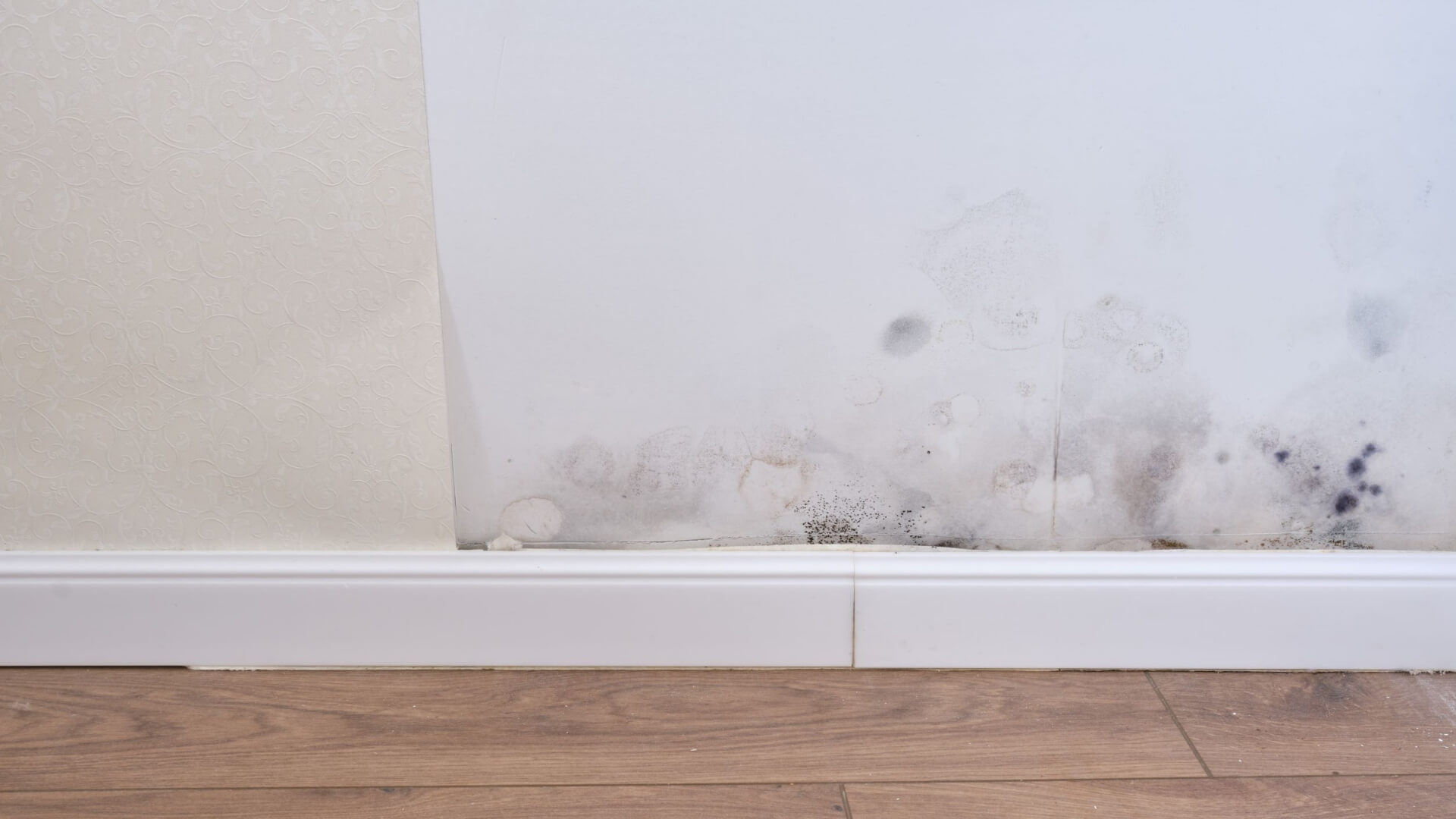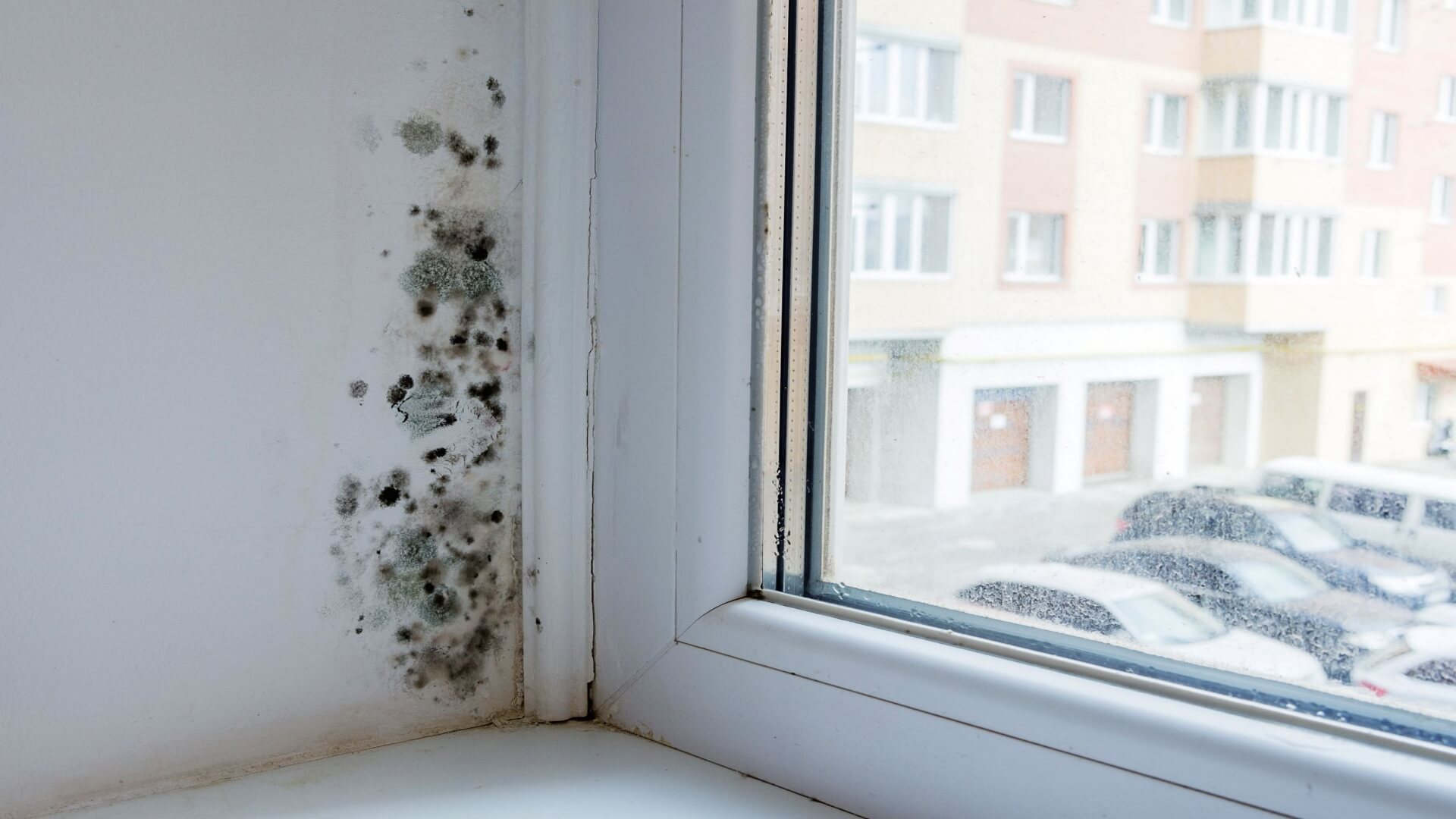Mould is common in commercial buildings and homes. They usually grow in areas where moisture is present. However, this issue can cause adverse health issues for tenants or homeowners and poor indoor air quality and affect the market value of a property since such homes are relatively hard to rent or sell.
As such, whether you already own a home or just planning to build one, as a homeowner, one of your priorities should be making your home mould-resistant. With that, this article will look into ways to help you build a mould-resistant home. Read on to learn more.
What Causes Mold Infestation?
As you build a mould-resistant home, it can help to understand the causes of mould infestation first. As mentioned, the primary cause of mould infestation in a house is uncontrolled moisture content, often in the form of high humidity or condensation. If the moisture content within an area in your home is high, it will only take a day or two for mould to start growing.
While there is no such thing as a mould-proof home since mould spores are available in the air, you can co-exist in a friendly way and discourage its growth. As a good start, you can reach out to professionals and service providers like Atlas Labs, who can conduct thorough inspections of your home. And from there, you can take the necessary measures to deal with the issue.
Building A Mould-Resistant Home
If you’re building your home from scratch, you can be in an excellent position to design a mould-resistant home quickly. However, nowadays, most homes are designed with energy efficiency in mind, which can make airflow in your home’s interiors more restricted.
Generally, this can be a problem since good and efficient ventilation is vital for preventing mould infestation. Fortunately, you can still design an energy-efficient home without compromising good airflow, making your home mould-resistant. To help you achieve that, here are considerations you can keep in mind as you build your home:
- Construct your home using mould-resistant materials like mould-resistant drywall that uses fiberglass. You can also use building materials that were treated with anti-mould chemicals.
- Ensure your building materials are stored in a dry area or environment and assess for any construction flaws that can lead to moisture retention.
- Design the floor, foundation, and exterior walls of your basement with waterproof concrete. To do this, you can invest in a waterproofing system to enhance breathability and prevent moisture accumulation.
- Invest in a reliable moisture barrier on the basement floor and the concrete slabs.
- Invest in electronic air cleaners or a filter for your HVAC system to aid in removing mould spores present in the air.
- Ensure your water-supply pipes are well insulated to prevent leaks and any possible cracks.
- Invest in programmable dehumidifiers as they are effective in eradicating humidity indoors and exhaust your fans to remove moisture.
Making Your Existing Home Mould-Resistant
Routine inspection of your home can significantly help prevent mould infestations in your home. But as homeowners, there are simple steps you can do to keep your home safe from mould growth, even without professional help.
As a good start, you’ll need to block moisture, warmth, and food that moulds require to thrive. For food, this can be any household material or item from your beddings to draperies, carpets, furniture, shower walls, ceiling tiles, wallpapers, and windowsills.
Moreover, here are some helpful tips you can consider:
- Be more vigilant of places of spills and potential moisture in your home. It would also be best to repair leaks and seepage within the shortest time possible.
- Reduce humidity in your home by using dehumidifiers and your fan to improve airflow. This is essential, especially if you’re living in a place where it’s usually hot and humid.
- Clean your roof gutters more often.
- Maintain and clean your AC unit drainage lines and pans regularly.
- Vacuum and maintain your home more often and get rid of food that mould feeds on, such as dust particles.
- Improve ventilation in crawl spaces.
Conclusion
Moulds are generally common in any home, especially since they can grow and thrive in damp and moist places easily, such as the shower or tub, kitchen, basement, and attic, to name a few. However, aside from affecting your home’s indoor air quality, mould exposure can also cause health risks.
Fortunately, there are things you can do to ensure your home is mould-resistant. By reading this guide, you can be guided on how you can build a mould-resistant home, so you and your family live in a healthy environment.
































